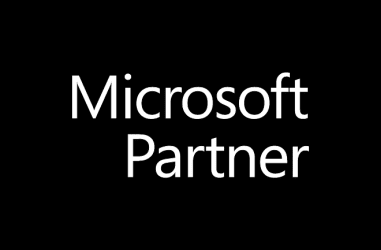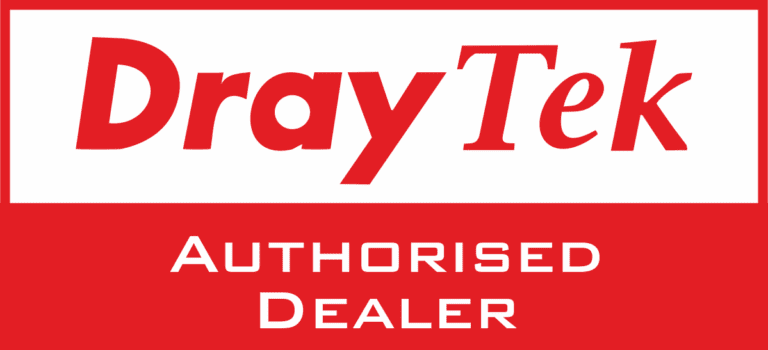Eight great tips to keep your small business IT running smoothly

Here are some of our most important tips for how best to run IT in your small business.
1) Keep it simple! The biggest mistakes we see being made, are where things are being made overly complex. The simpler, and importantly, the closer to default configuration everything is, the easier it is to support, and the less likely things are to go wrong.
2) Cheaper is almost always more expensive than more expensive! Yes, you did read that right – buying equipment as cheaply as possible will often result in more costs over time. A classic example of this is buying a printer at next to nothing, then finding out later that ink or toner cartridges for it cost a fortune – meaning over the years that you’ll be using that printer, the total cost is far higher than it would have been if you’d paid more up front for a printer with cheaper running costs.
3) Slower equipment means, well, slower equipment – and slower, less productive staff. Similar to the cheaper is more expensive concept this – the more you’re prepared to pay up front for speed, the longer the equipment will last you, and the less you’ll pay on support in a year or so when the machine starts slowing down (as all computers do, over time).
4) Buy the right equipment for the job – consumer grade laptops are a good example of this (the kind you’d typically buy from a high street shop rather than a specialist business supplier). Often cheaper, they’re not really designed to be used 8 hours a day, 5 days a week – and this will become painfully apparent when all the letters on the keyboard have worn out after a year of constant use, or the screen hinge starts cracking – causing the screen to start flickering, or worse snap off completely.
5) Larger is still better. All-in-one or small form factor devices do look great on a desk, and give a lot more room to work with, it’s true. The trade-off though is that the components are crammed into a smaller space with limited air flow – causing everything to heat up. Computers work best when they’re cool, either slowing down or automatically switching on noisy fans to compensate if they’re not. Best then, to buy a larger mini-tower still, where possible – this will run faster and quieter.
6) Wait a while! The latest, greatest new shiny operating system or gadget is sometimes more bleeding edge, than cutting edge. The IT industry is constantly bringing out new technology and functionality, and although it’s (usually!) tested well before sale, some issues do not become apparent until after a lot more people start using it. So, unless you really, REALLY want it, and you’re prepared for the potential downsides, leave it to others to be unpaid testers first. A standard rule of thumb is to wait until first service update (or say at least 6 months) before buying the latest version of anything.
7) Keep your machine updated and protected. Hacking, virus and malware attacks have reached a new level of sophistication in recent years – with your identity, your money and your computing power the things now most of interest to criminals. It is essential that you make sure automatic updates are turned on for your machine (so the machine can fix itself when a vulnerability is identified by the supplier) and that both anti-virus and anti-malware protection is in place.
And finally:
8) Don’t try and do it all yourself. Computer issues can sometimes absorb a ridiculous amount of time in any company – sometimes, even with expert assistance, problems can be obscure and take a while to fix. If the person doing the fixing should actually be doing another job in your business, then not only are you losing productivity through the issue itself, you are also losing their time that could be more effectively spent. Hire a professional – adhoc support can be expensive, so make sure to engage them on a no fix, no fee basis (if they’re any good at what they do, they’ll be comfortable working this way). Best of all, employ an IT company to give you regular IT support at a fixed cost each month – you can more easily budget IT spend that way and your staff are left to do what they do best.
Hope this article on small business IT has been useful, if you’ve any questions or comments please make them below.







































